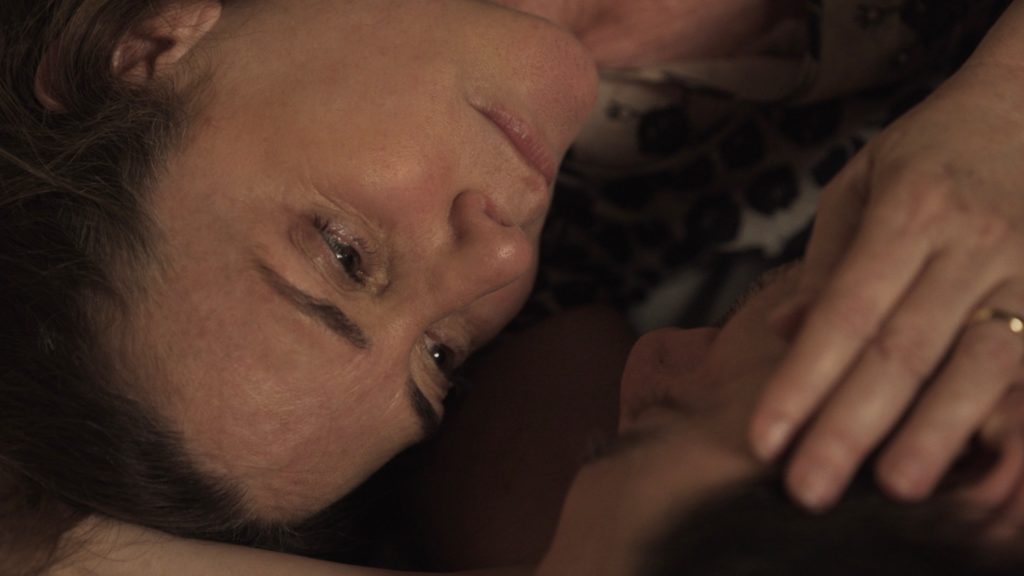Hilary Brougher is a writer and director. Her credits include “The Sticky Fingers of Time” and “Stephanie Daley.” The latter won the Waldo Salt Screenwriting Award at Sundance and Best Director at Milan. Brougher is a member of faculty in the MFA Film Program at Columbia University School of the Arts and is also the current Film Division Chair.
“South Mountain” will premiere at the 2019 SXSW Film Festival on March 11.
W&H: Describe the film for us in your own words.
HB: A love story about building back from a breakup.
W&H: What drew you to this story?
HB: Love is only sometimes about acquiring. It’s as often about letting go. That part can be beautiful, too—and reveal recognition and truth. So it’s an inverse love story.
I also wanted to explore working on a tiny budget and fusing real life materials with fiction.
W&H: What do you want people to think about when they are leaving the theater?
HB: I want people to value the textures and nuances of their own lives—both the successes and failures.
W&H: What was the biggest challenge in making the film?
HB: From a storytelling level, it was balancing the internal life of our protagonist with the family ensemble.
W&H: How did you get your film funded? Share some insights into how you got the film made.
HB: We raised private equity for the cash portion of the budget. But it wouldn’t have been possible without the crew who worked for deferment. They are the investors too! We were a small production working primarily with natural light in a location that I know well and wrote for.
My husband shot the film. Our crew was an interesting mix of indie veterans and recent alums from the Columbia grad program where I teach. Essentially, the film was developed around the resources I knew I could muster.
W&H: What inspired you to become a filmmaker?
HB: I was interested in the connection that happens among audience members via a shared screen, and the collaboration that happens in making films. That was three decades ago. I’m still interested.
W&H: What’s the best and worst advice you’ve received?
HB: Worst: “Just try and be more charming.”
Best: “Communicate.”
W&H: What advice do you have for other female directors?
HB: [Focus on your] body of work. Too many female directors make one feature film—they aren’t to be faulted for this. It takes a heroic effort to make even one. But filmmakers are not defined by a first film or a last film. They are defined by a body of work. Make a film every three to four years by any means necessary. Don’t wait. Remind people that no one makes a great film every time.
W&H: Name your favorite woman-directed film and why.
HB: Probably “Old Joy” by Kelly Reichardt. It’s exquisite in its rendering of landscape and character. It invents and elaborates its own cinematic language on its very own terms. Julie Dash’s “Daughters of the Dust” does this too!
I am also a maniac for Jane Campion’s “Bright Star” for lots of reasons. First and foremost, for the glory and subtlety of the textiles and the respect the lens pays the hard-earned art of a seamstress.
W&H: It’s been a little over a year since the reckoning in Hollywood and the global film industry began. What differences have you noticed since the #MeToo and #TimesUp movements launched?
HB: The de facto wisdom used to be “Stay quiet and don’t rock the boat.” Now it is, “Speak up, and find or build your own boat,” as well as “Strength in numbers.”







